Rotation: Explained
Rotation is the spinning of an object around its own axis. This concept is important in understanding various phenomena in the natural world, such as the rotation of the Earth, the movement of celestial bodies, and the operation of machines and equipment.
Key Points to Understand about Rotation:
- Axis: The imaginary line around which an object rotates.
- Direction: The direction of rotation can be clockwise or counterclockwise, and this can affect various physical processes.
- Effects: Rotation can produce various effects, such as day and night on Earth due to its rotation, the changing seasons, and the formation of cyclones and hurricanes.
- Speed: The speed of rotation can vary and can impact the behavior and stability of an object.
- Applications: Understanding rotation is important in fields such as astronomy, physics, engineering, and even in sports and recreational activities.
How to Study Rotation:
When studying rotation, it's important to understand the basic concepts and then explore how these apply in different scenarios. Here are some key areas to focus on:
- Identify the axis of rotation in various objects and systems.
- Observe and analyze the effects of rotation in everyday life, such as the movement of ceiling fans, the spinning of tops, and the rotation of Earth causing day and night.
- Explore the impact of rotation in natural phenomena, such as the Coriolis effect and the formation of galaxies and solar systems.
- Experiment with rotating objects and observe how changing the speed and direction of rotation affects their behavior.
- Discuss how the understanding of rotation is applied in different fields, from designing machinery to predicting weather patterns.
By delving into these aspects and exploring real-world examples, you can gain a deeper understanding of rotation and its significance in the world around us.
Now that you have a general understanding of rotation, are there any specific questions or topics you'd like to explore further?
.◂Science Worksheets and Study Guides Second Grade. The sun and earth
Study Guide The sun and earth
The sun and earth  Activity Lesson
Activity Lesson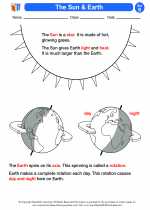 The Sun & Earth
The Sun & Earth  Worksheet/Answer key
Worksheet/Answer key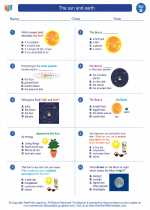 The sun and earth
The sun and earth  Worksheet/Answer key
Worksheet/Answer key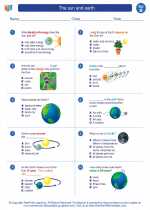 The sun and earth
The sun and earth  Worksheet/Answer key
Worksheet/Answer key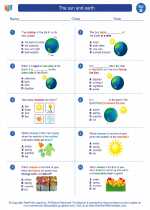 The sun and earth
The sun and earth  Worksheet/Answer key
Worksheet/Answer key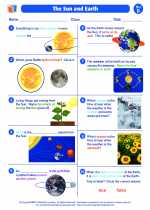 The Sun and Earth
The Sun and Earth  Vocabulary/Answer key
Vocabulary/Answer key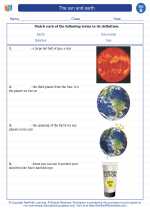 The sun and earth
The sun and earth 

 Activity Lesson
Activity Lesson
 Worksheet/Answer key
Worksheet/Answer key
 Worksheet/Answer key
Worksheet/Answer key
 Worksheet/Answer key
Worksheet/Answer key
 Worksheet/Answer key
Worksheet/Answer key
 Vocabulary/Answer key
Vocabulary/Answer key

The resources above cover the following skills:
Concepts of Earth Science: A student should understand and be able to apply the concepts, processes, theories, models, evidence, and systems of earth and space sciences. A student who meets the content standard should:
Develop an understanding of the cyclical changes controlled by energy from the sun and by Earth's position and motion in our solar system.